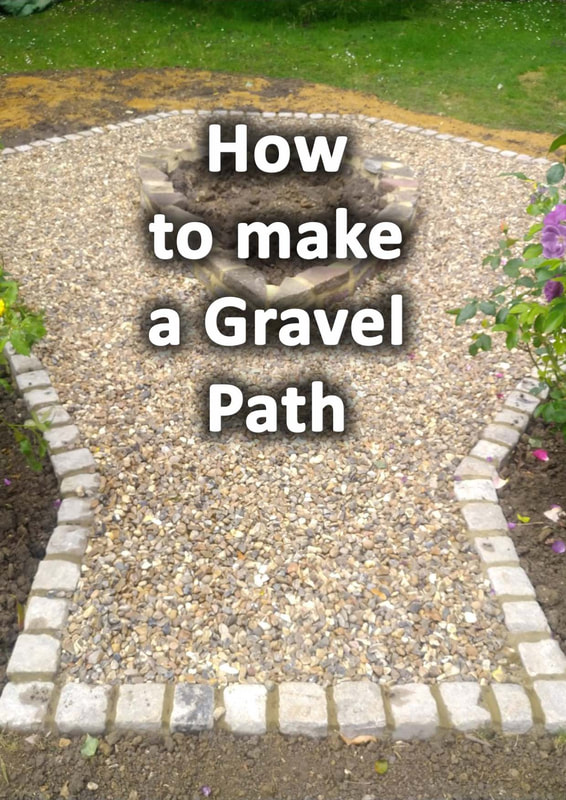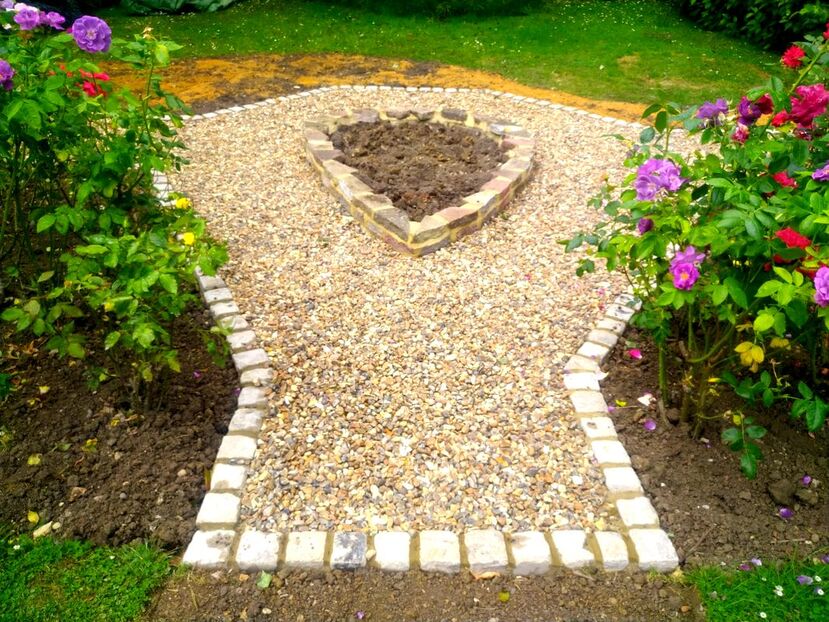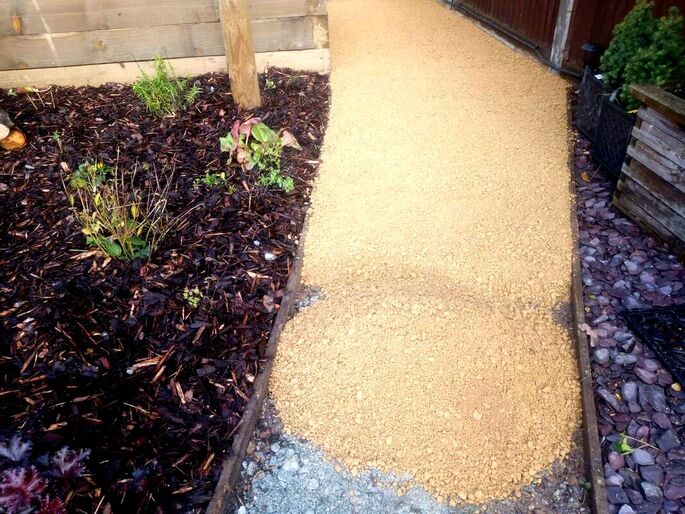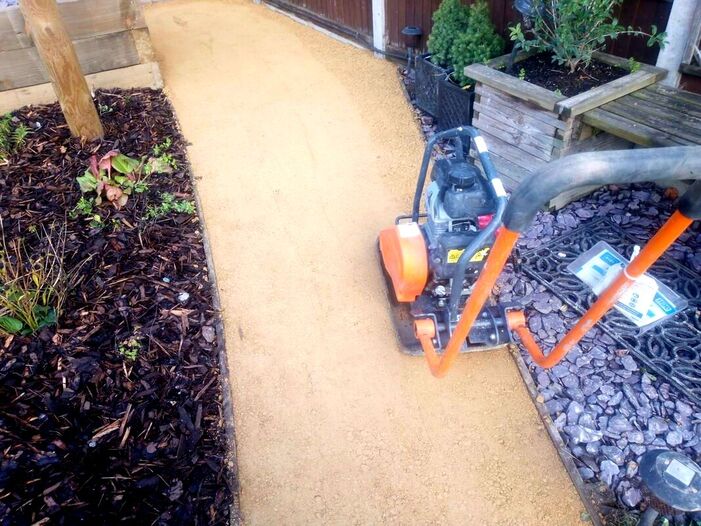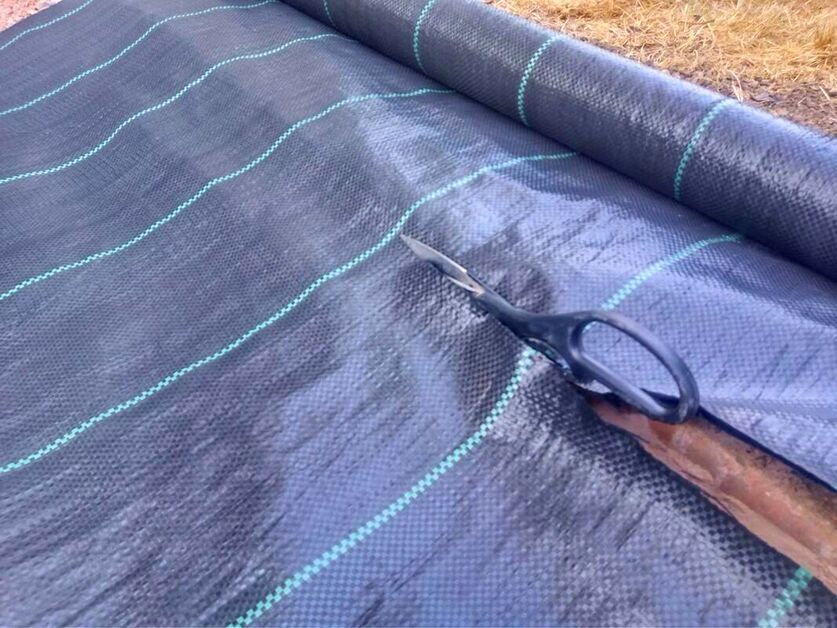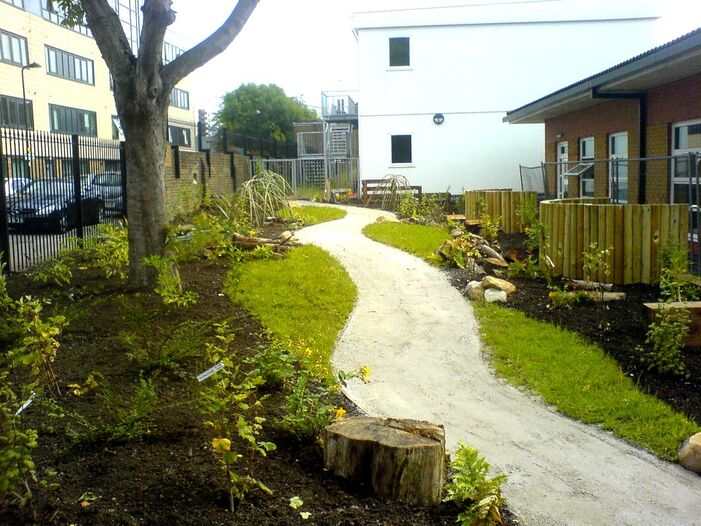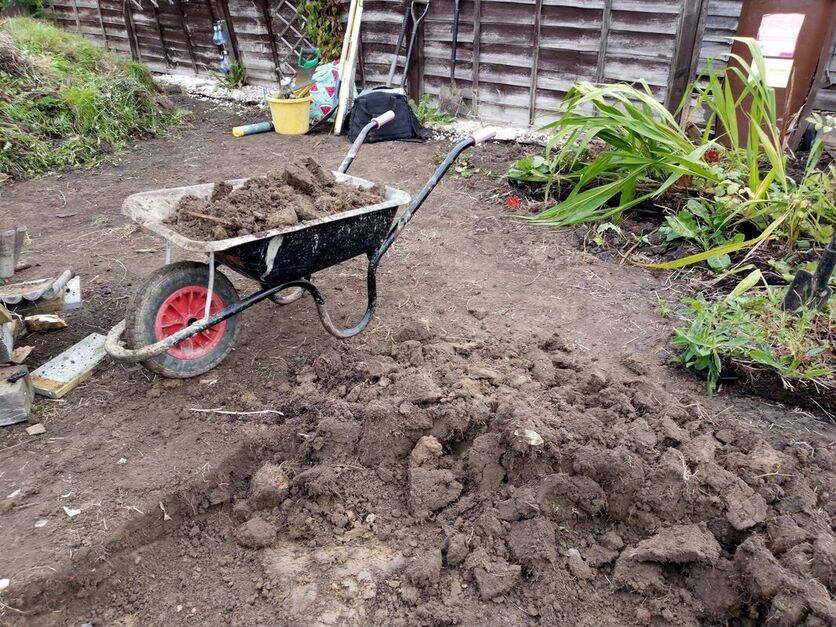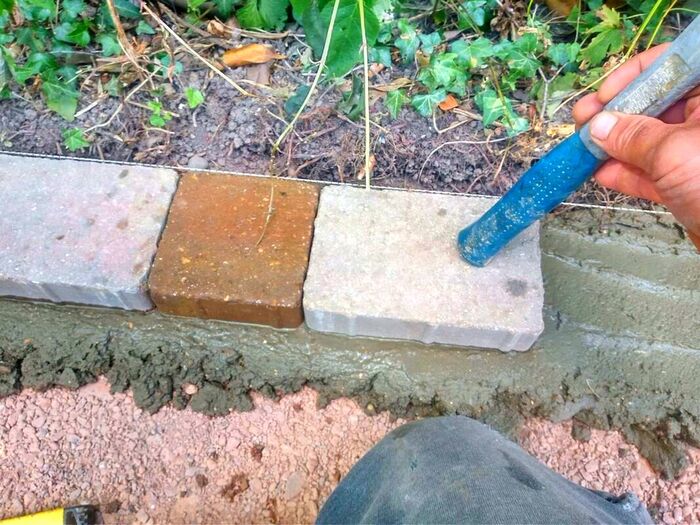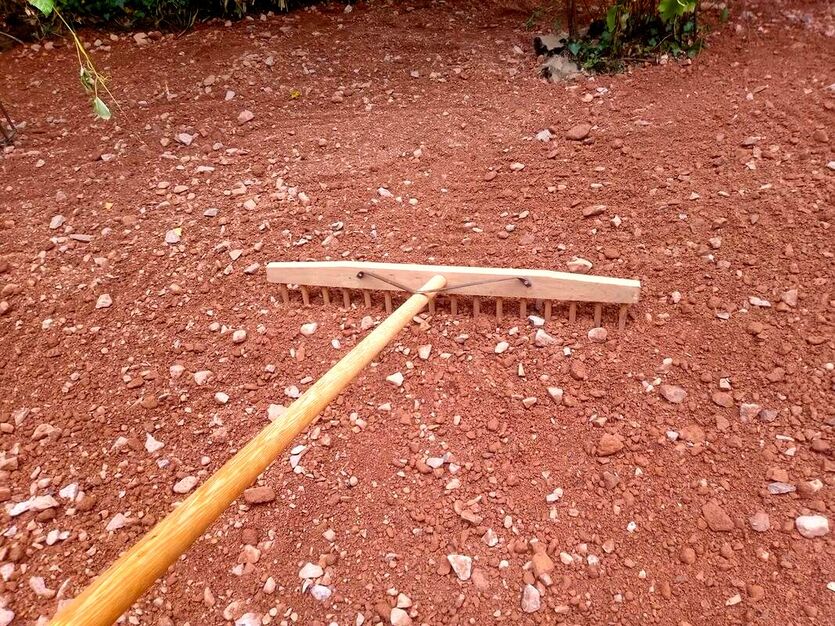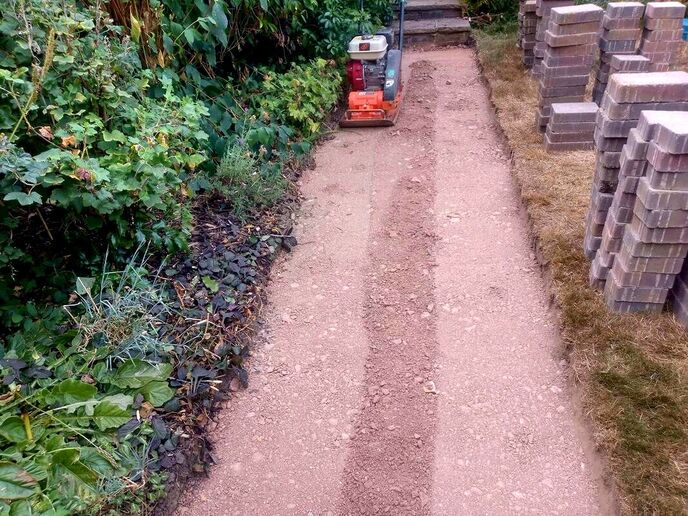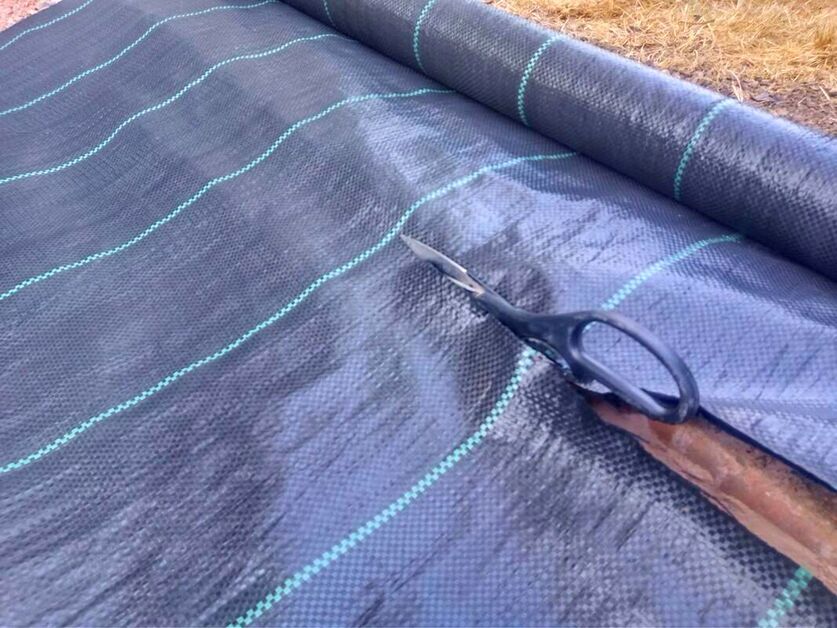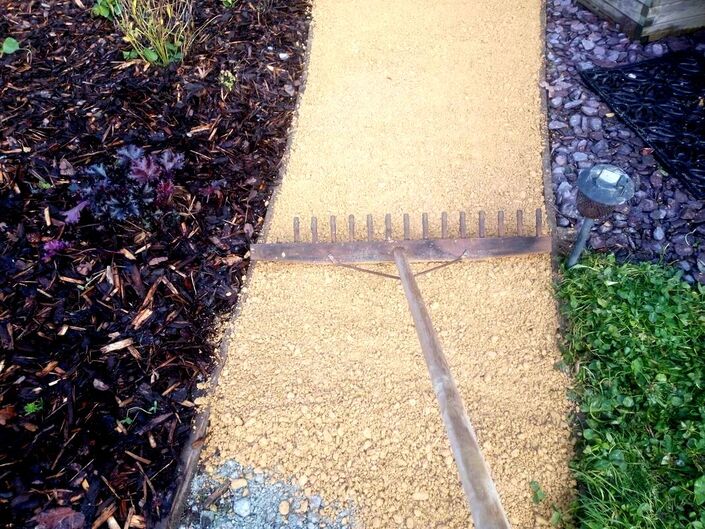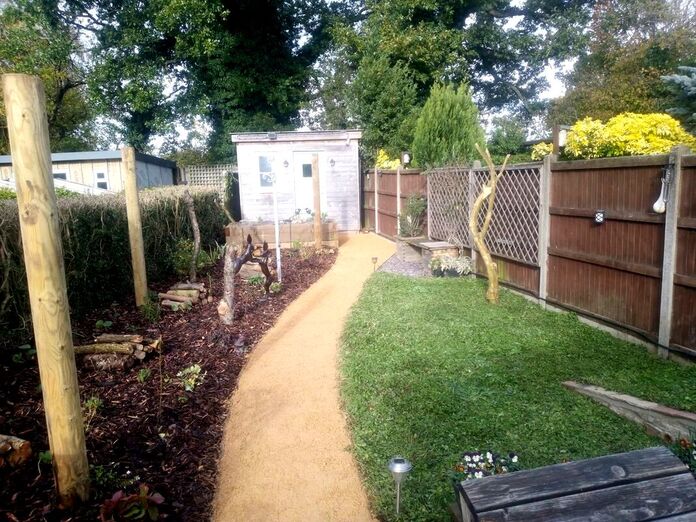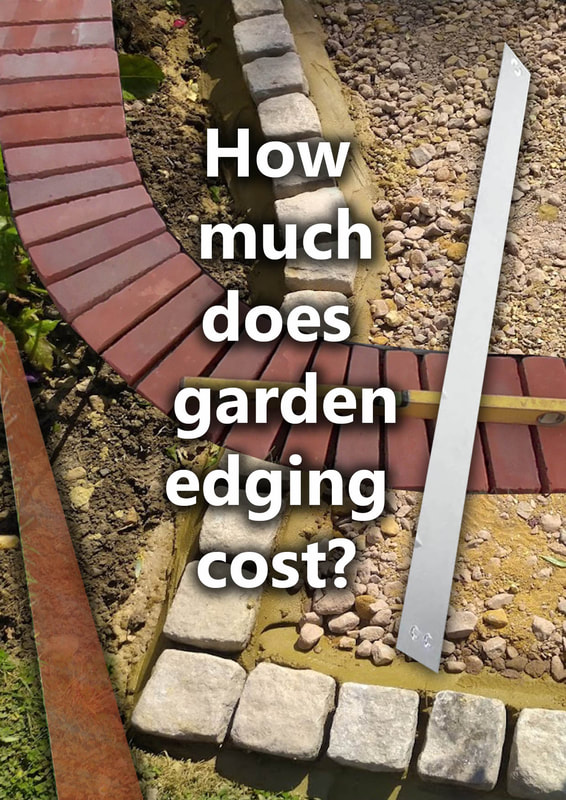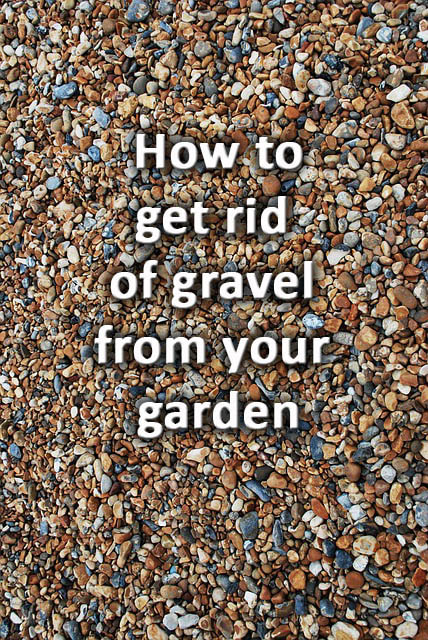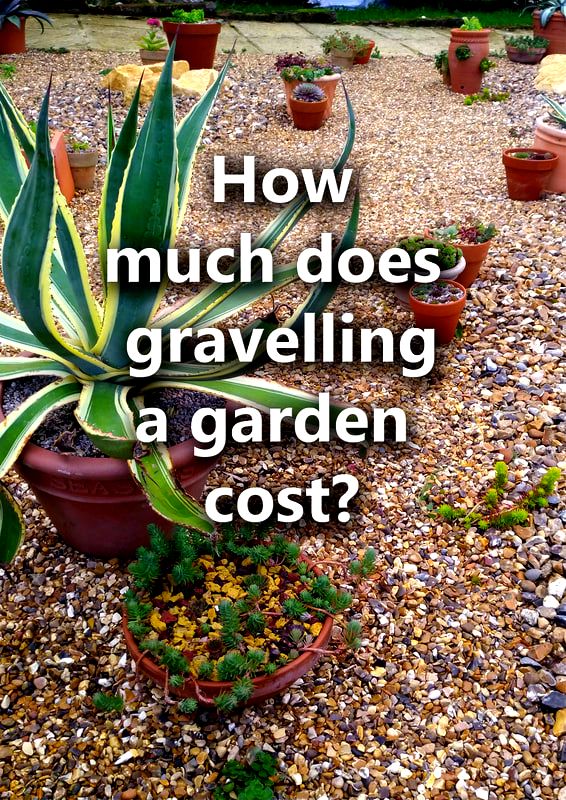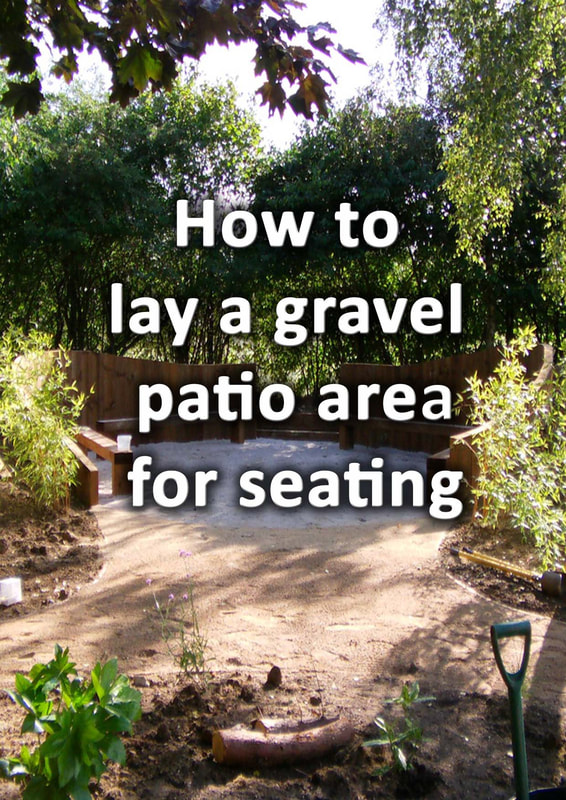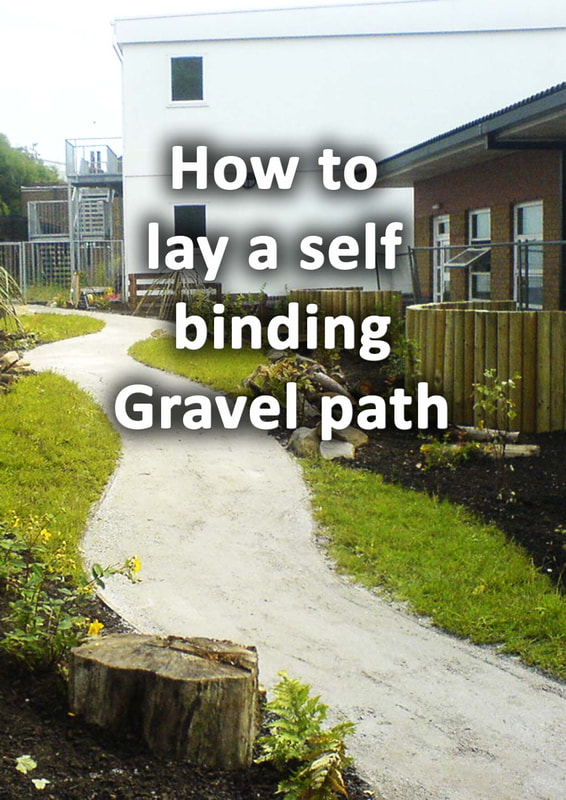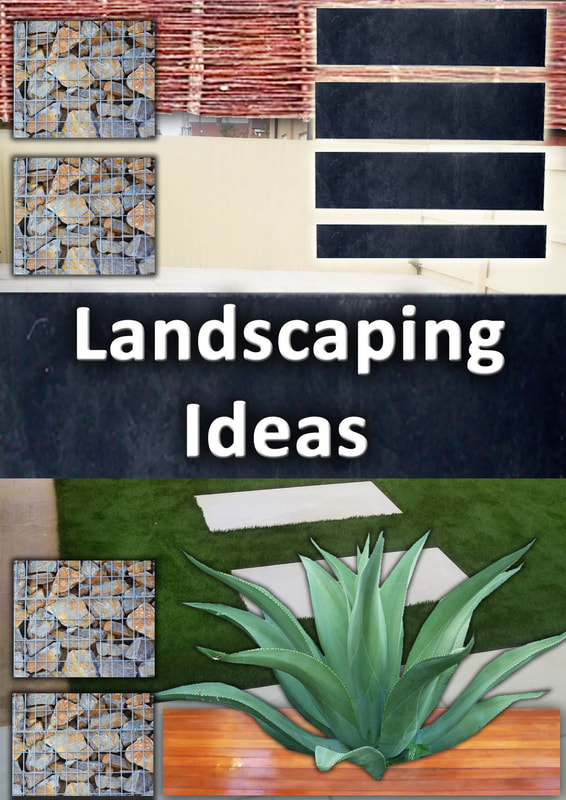|
This article contains affiliate links
Gravel is one of the most diverse and versatile of all the garden surfacing materials. It comes in a wide variety of size grades, materials and colours. This makes it able to fit in with pretty much any garden style or theme. From contemporary and modern show gardens to rustic Tuscan courtyards, gravels aesthetic is universal. Not only is gravel visually effective it is also very affordable! Buying gravel and spreading at 40mm is five times cheaper per metre than buying new paving. Add to this the beneficial fact that gravel is also about 5 times faster to lay!
With no need for highly skilled labour, gravel can be laid by anyone well!
From a sustainability aspect gravel also scores well! Contextual aggregates can be sourced from local quarries reducing a gardens carbon footprint. Furthermore, lose gravels are permeable allowing storm water to pass straight through. This helps to reduce flash flooding and protect local watercourses. So, now you’re excited about gravel, I will show you how to make a gravel path! Can you lay a gravel path straight onto soil?
A gravel path really needs a sub base to stabilise the underlying ground. Gravel laid directly on to topsoil will eventually sink into the soft ground below. This means you will end up with a compacted and boggy mess full of weeds. Do I need to dig before laying gravel?
Ideally you should dig out a gravel path to a depth of 140mm. This will allow 100mm for a compactable hardcore aggregate such as type 1. It will also allow a 40mm depth of gravel. How deep should my gravel be?
I have found that a depth of around 40 mm is ideal for a gravel path. Too shallow and you will not hide the membrane and have the added risk of weed establishment. However, too deep and you will find the gravel challenging to walk upon. I find a 40mm depth allows enough displacement to kill geminating weeds but is comfortable to walk upon. What should I put under a gravel path?
A gravel path should have about 100mm of compacted sub base aggregate for pedestrian traffic. The most effective and widely available is mot type 1, available from most builders merchants. On top of that you should lay a robust, landscape grade, membrane. This is to discourage weed establishment and gravel mixing with the sub base layer.
Should I put landscape fabric under a gravel path?
Often you see people putting landscape fabric at the bottom of a paths excavation. I think due to the fact many people assume weeds grow up through paths. Except for a few robust and woody perennials on the whole this is not true. If you excavate down 140mm you will be able to remove all threats of weeds growing under your path. Combined with at least 100mm of well compacted sub base your path will not be suitable for weed growth. Weeds more typically seed in the damp edges of shallow gravel. This is why I advise to lay your fabric on top of your sub base and under your gravel. How do you keep gravel on the path?
The best way to keep gravel on a path is by having suitable retaining edgings. Normally the wider and more stable the edgings the less gravel will escape. It is also important not to spread the gravel too deeply. This will encourage accidental kicking and scuffing of the aggregate as people walk. Sometimes the secret to keeping gravel on the path is the size of the aggregate. Very small aggregates are easy to pick up in the treads of shoes and easier to kick around. How to make a curvy gravel path?
To make a curvy path you will either; need to install flexible edgings or lay masonry edgings. These will allow you to shape the outline of your path with curves. The most typical flexible edgings are steel edgings like Everedge or long gravel boards. These can be fixed into position with pegs and mortar. Using small masonry units such as bricks, sets and blocks also allow you to form curved edging easily. When designing the curvy shape you can set your path out with hose pipe. This will enable you to visualise its shape before committing. The curvy shaped path can then be sprayed out or pegged. Do gravel paths need edging?
Gravel paths do really need some form of retaining edging to contain the aggregate. If you do not install edgings soil and dirt will infiltrate your gravel. This will lead to mud and silt filling up the aggregate and weeds becoming established.
How to make a gravel path step by stepStep 1.
|
The Author
|
Landscaping services across Buckinghamshire, Amersham, Aylesbury & High Wycombe
Hyde Heath, Amersham, Buckinghamshire |
|
